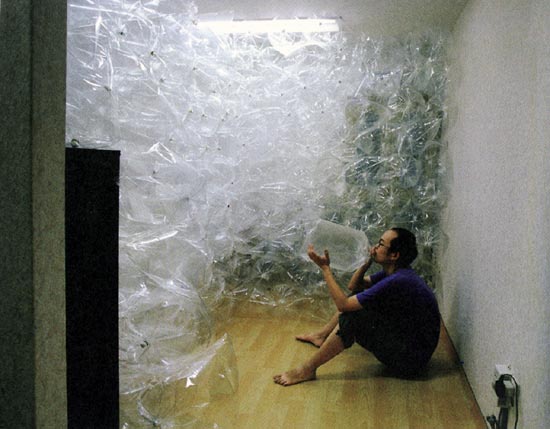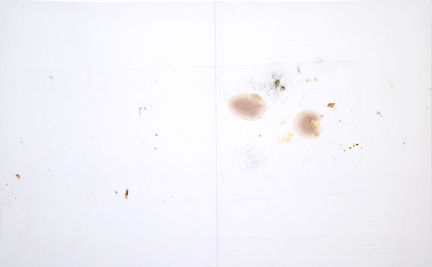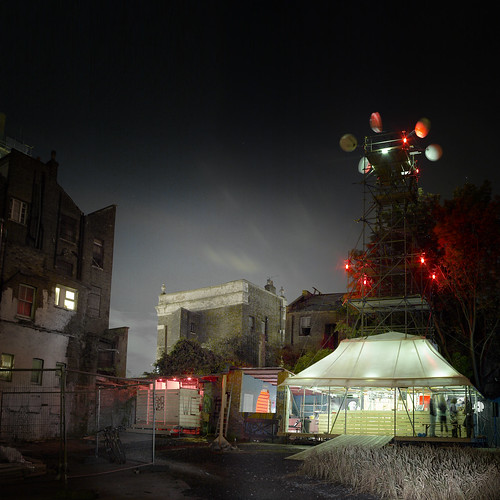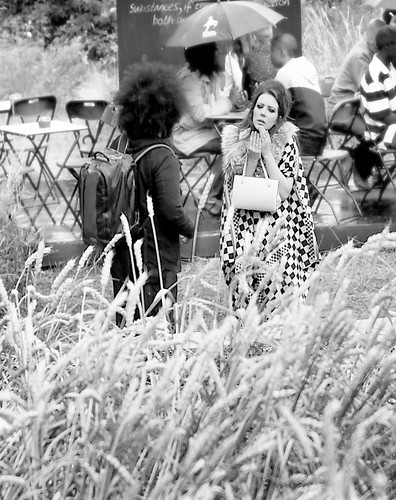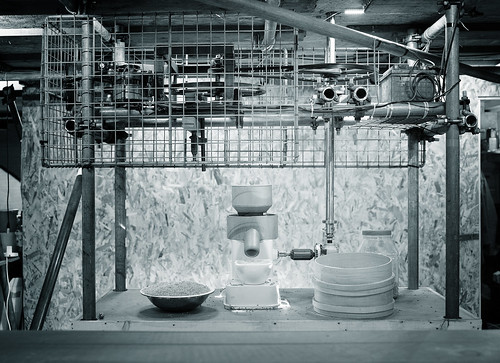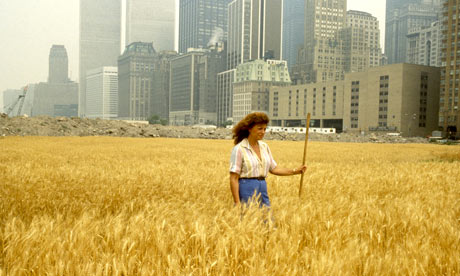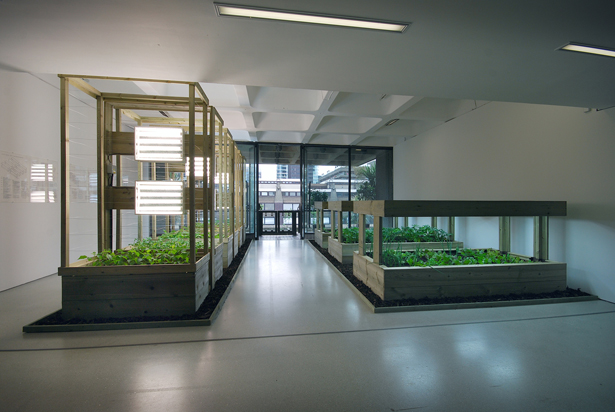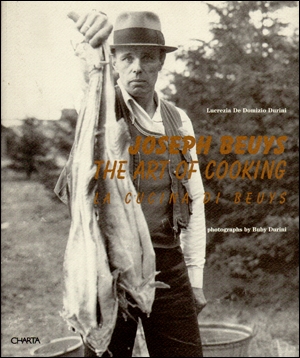
How it is © Miroslaw Balka photo © Getty images
Miroslaw Balka's gigantic box is set-up at the end of the Tate hall. At first, the mind questions the need to reach the ramp that leads to darkness, the positioning of Balka's object creating a spatial threshold. The steel container mimicks the Tate's building so it feels like stepping inside its inside replica, inside a non-space.
The engulfment in darkness announces an experience of the limitless, a fall into the Abyss : once there, we can barely touch ground as if floating in space. Like quantum physicists observing black holes, spending days studying micro particles of nothingness to the point that their eyes see the void everywhere, our feet believe there is nothing under them, our hands scrutinize the rest of the dark ahead.
Losing track of physical boundaries, we rely on other viewers' fantomatic silhouettes to see further. And this is where the Total experience makes sense, in the humanity the darkness reveals - relying on others as boundary.
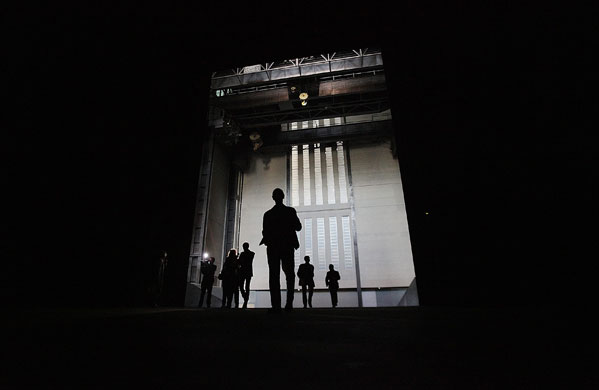
photo © Peter Macdiarmid © Getty Images
When we reach the softness of the last wall and realise the cavity has an end, we also feel the need to turn back and escape. The visual metaphor created by the ray of light at the exit mirrors the false reassurance we can now leave the container (the entrance never being an exit).
Beyond phenomenology or metaphysics, the container confronts our own consciousness, humanity's shared darkness, one's responsibility and place in the world as it is revealed at the moment of death maybe.
Balka refers here to Beckett's Pimp as the other encountered in the void : for the economy of mean, the bare simplicity in face of the absurd.
If How it is depicts a Total space, a purgatory, a place of suffering and purification, it is also concerned with a timeless spatiality in relation to the human body and soul.
When interviewed, Balka stresses how 'insignificant' things - the simple act of sweeping a floor with an ancient broom, the bells that always ring as if to say "this is a special moment in time" or the traces left by his grandmother's praying body on his studio's floor - often carry deep symbolic meaning.
What is reinforced here is that his work is always concerned with the beauty and fragility of human presence.
Balka's work is charged with the memory of the Jewish ghetto of Otwock, his hometown.


